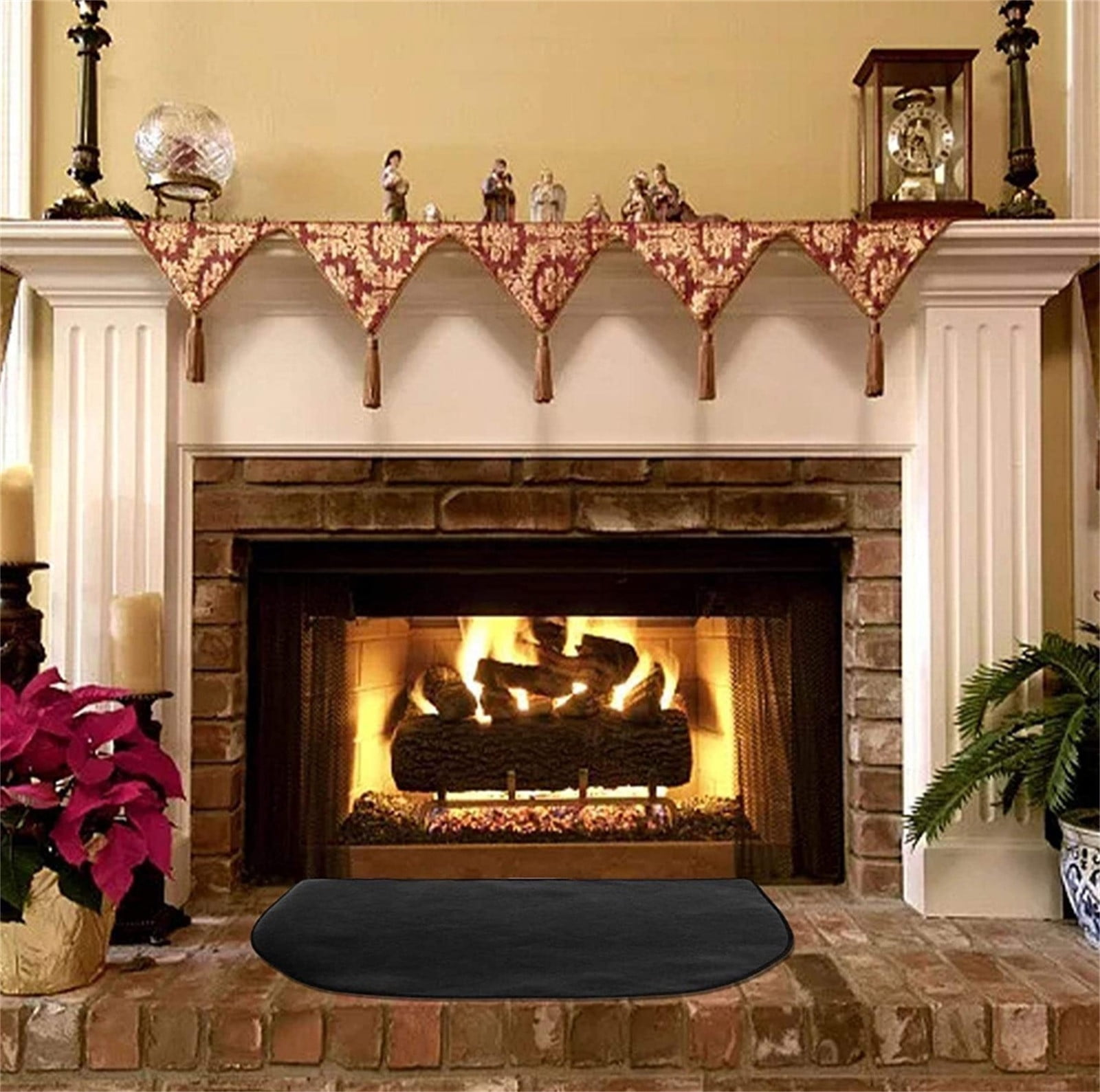

All players have a hand of eight cards.No player has any bidding points remaining, or.


The pack of cards has been exhausted, or.The player on his/her right now opens bidding (by announcing a bid or passing). If all players pass on a pair of cards, they are thrown into the discard pile.Īfter each bid, the winner of the bid removes two more cards from the deck, and reveals them to all players. S/he may NOT junk one card and keep the other the two cards must be junked or kept as a unit. (The reason a player might do this is to prevent another player from getting the cards, but may not want them in his/her hand.) A player can have a hand of no more than eight cards, so a player with eight cards already must junk any new cards purchased. S/he may assimilate them into his/her hand (they will be placed face-up next to the two face-down cards) or "junk" them - that is, throw them into the discard pile. S/he spends that number of bidding points, and wins the two cards being bid upon. If a pair of cards has been bid-on at all, bidding terminates when all players but one have passed, and is won by the last (and highest) bidder. Players may not bid more points than they have. Once a player passes, s/he may not re-enter the bidding. Each player, in turn, may announce a higher bid (by at least one point) or pass. Note that s/he is not required to bid on these cards.īidding starts at two bidding points (exception: A player may open bidding at 1 if and only if s/he has only one bidding point left). The players may now bid on this pair of cards, starting with the player to the dealer’s right, and ending with the dealer. The dealer removes the top two cards from the deck and reveals them to all players. One may keep track of bidding points using poker chips or coins, or by using the 2, 3, 4, 5, and 6 of the card deck (all cards are exposed to start symbols are covered as points are spent). Since the goal of each player is to form the best possible four-card poker hand, players clearly want to attain more cards.Įach player has twenty bidding points, with which they will purchase more cards. They may look at these cards at any time, but should keep them hidden from other players. The Deal and PlayĪ round begins with the dealer (this designation should rotate with each round) giving two cards to each player. The first player to reach a predetermined total of points (250?) wins. The other twenty cards may either be set aside or used to keep track of "bidding points". Thirty-two cards, the A, K, Q, J, 10, 9, 8, and 7 of each suit, are used. Two decks would presumably allow for a greater number of players. I would very much appreciate feedback on this game. It’s a bidding-based poker-like game with, at this point, almost no play-testing. I developed Red Carpet in October 2003 in Budapest, Hungary. Non-commercial use and distribution of Red Carpet and its rules, however, is encouraged. You may freely use and distribute these rules as you wish, but commercial use of this game or these rules without his permission is forbidden. This edition of the Rules for Red Carpet is copyrighted by Mike Church ( © 2003.


 0 kommentar(er)
0 kommentar(er)
